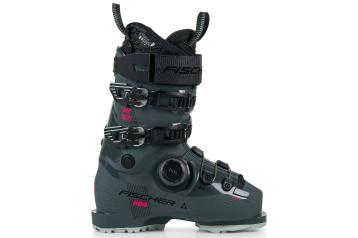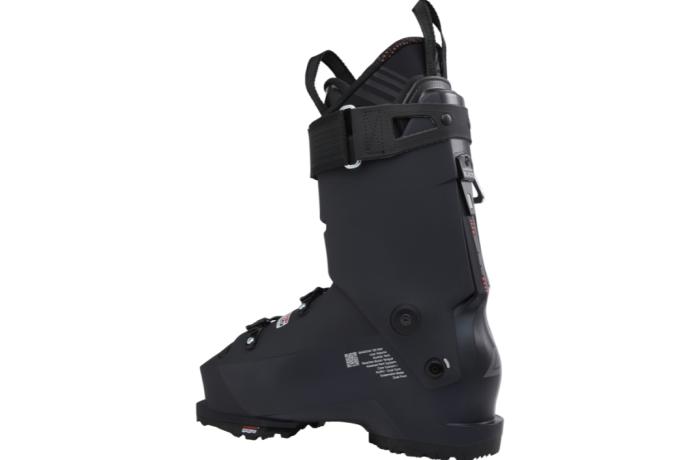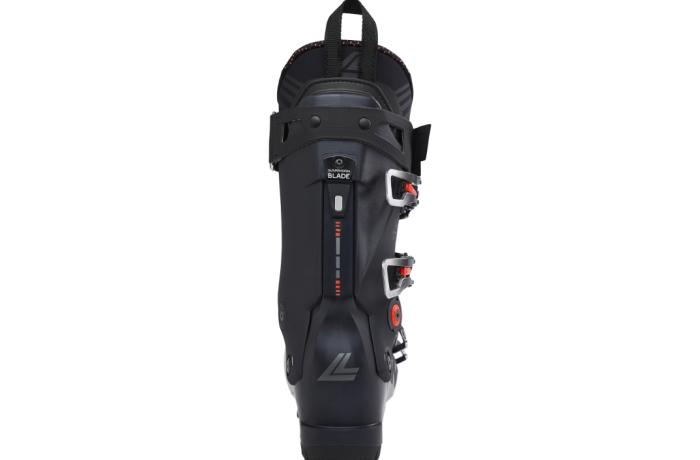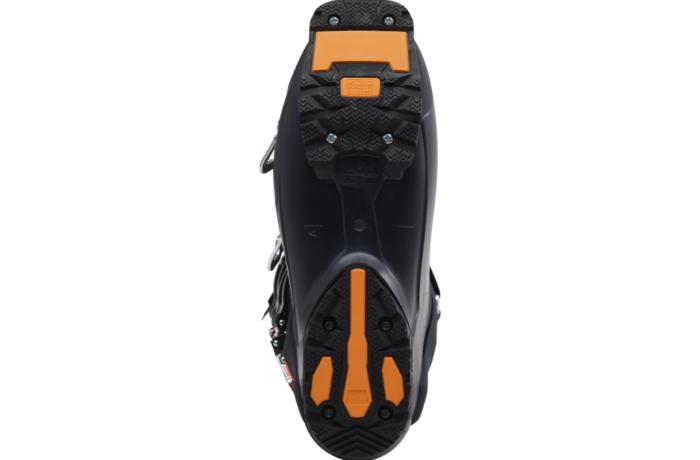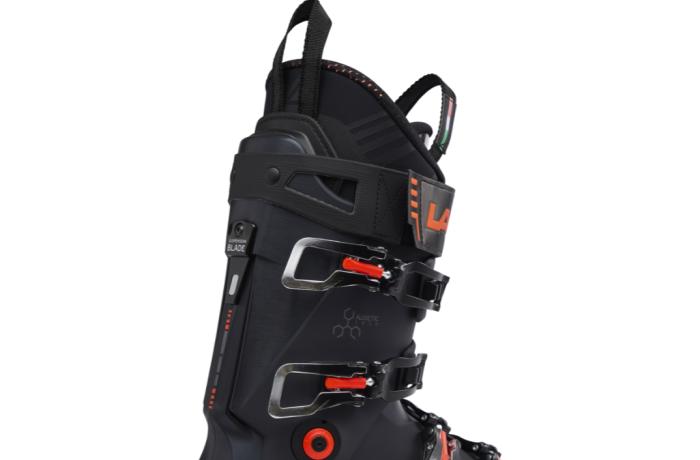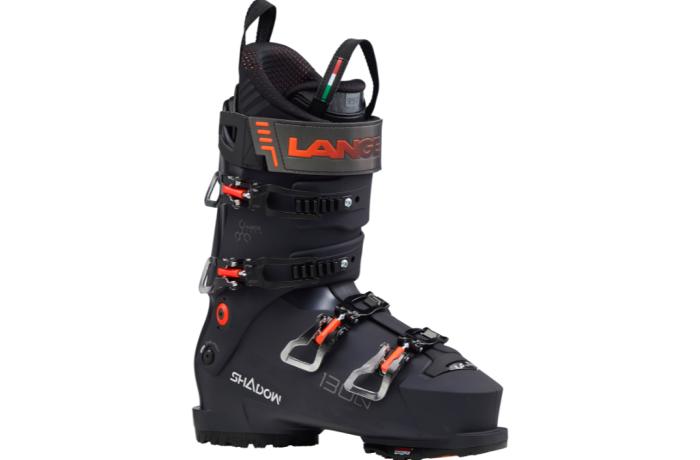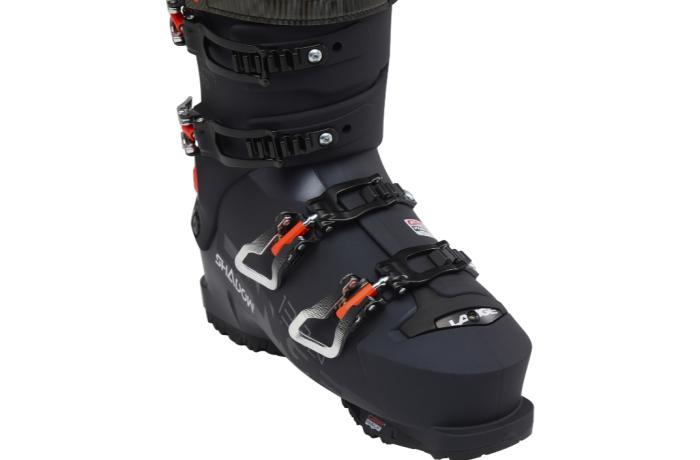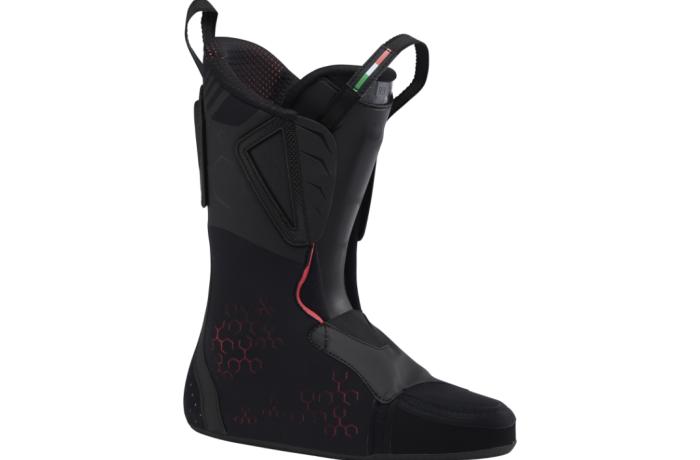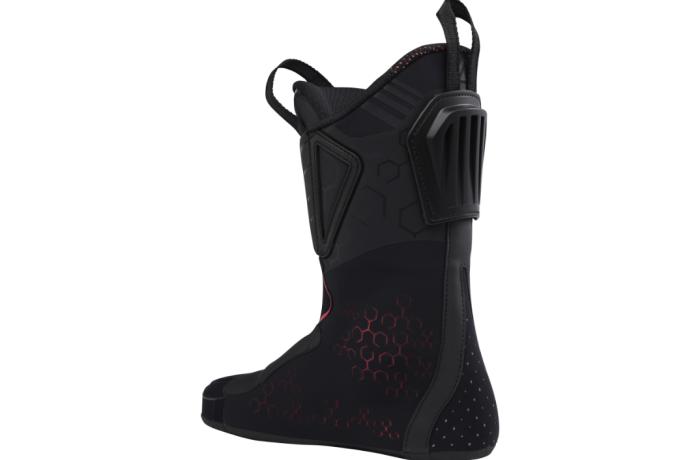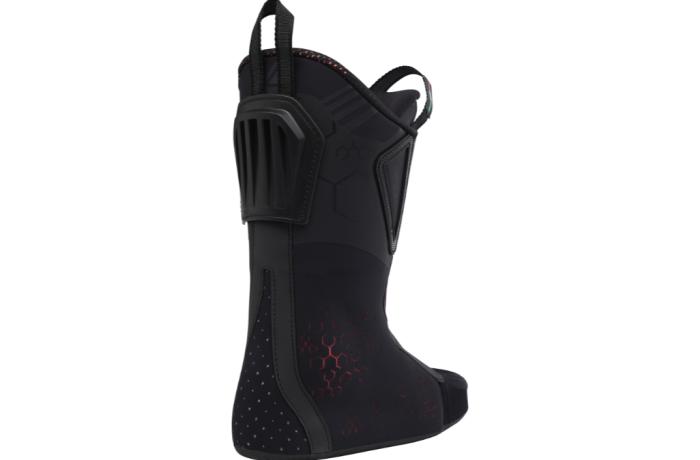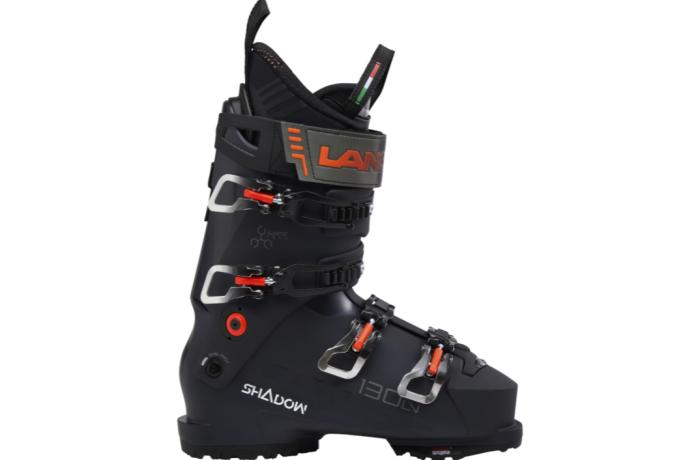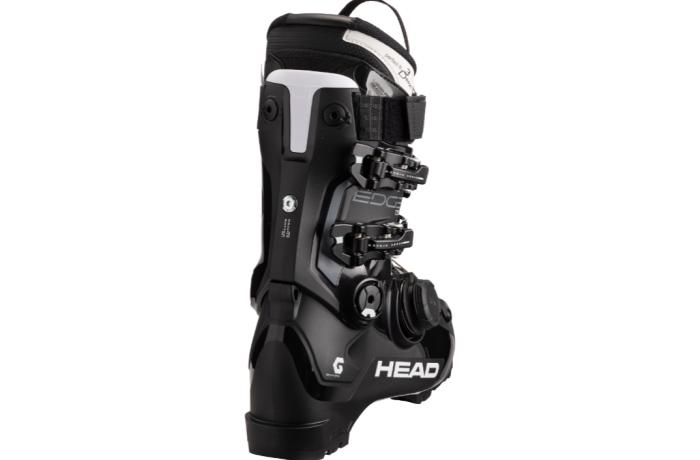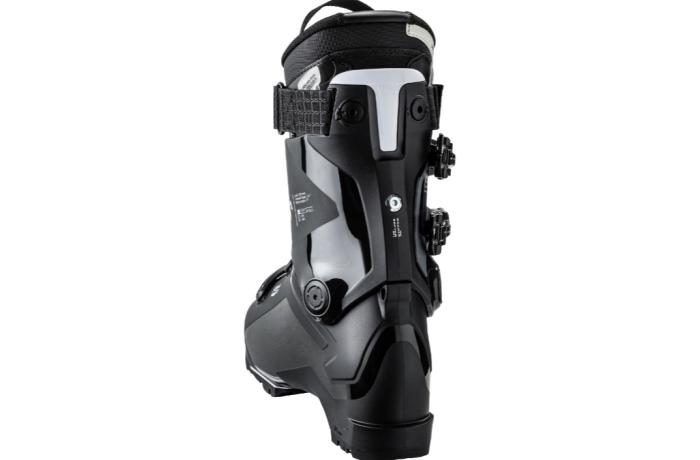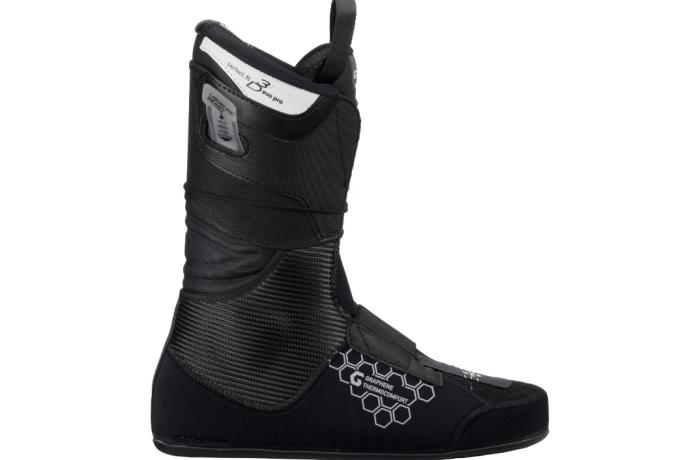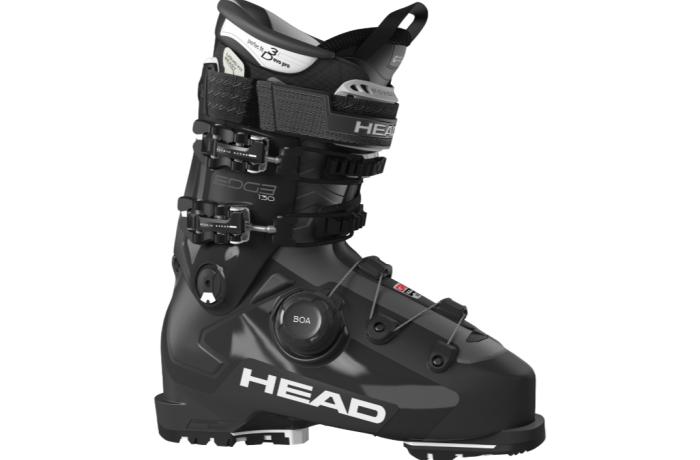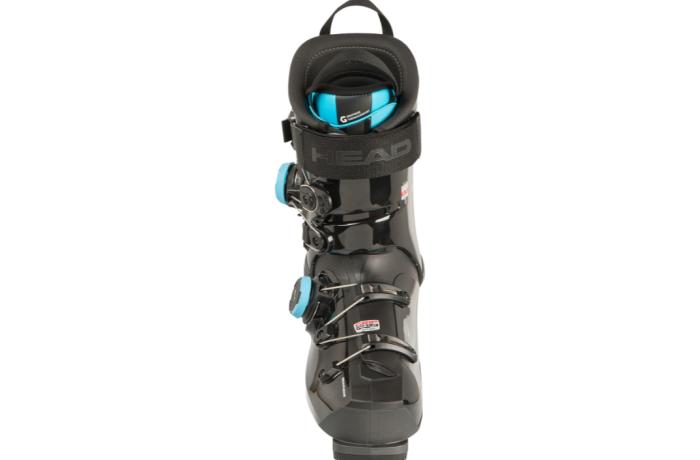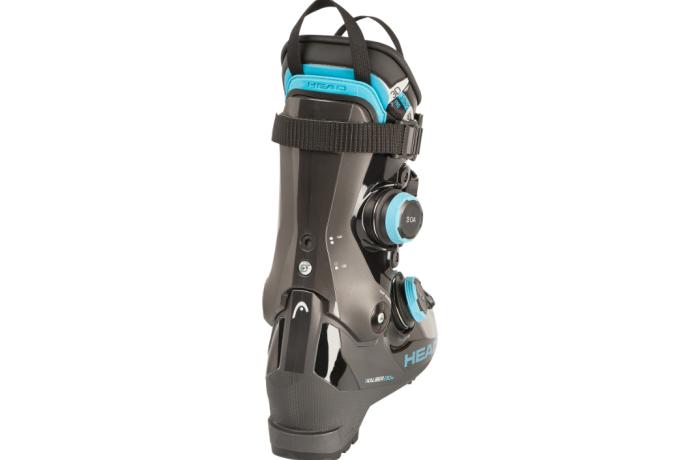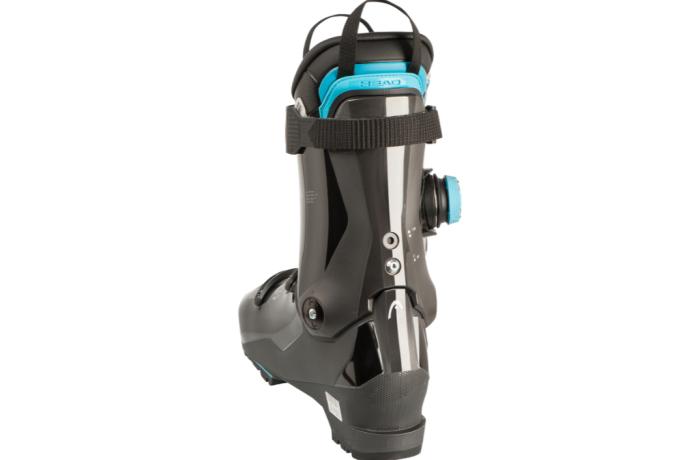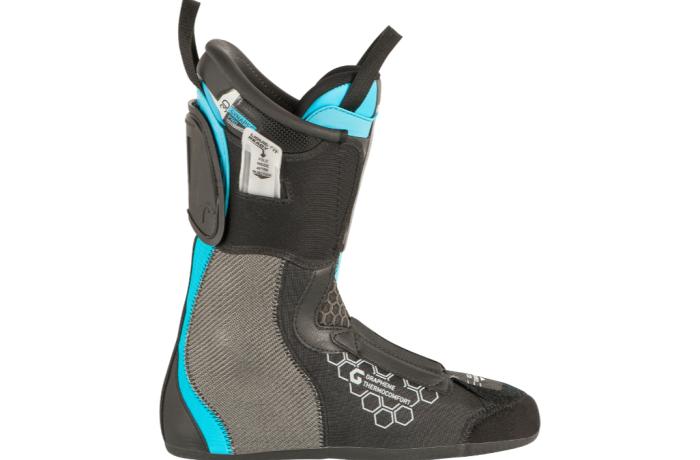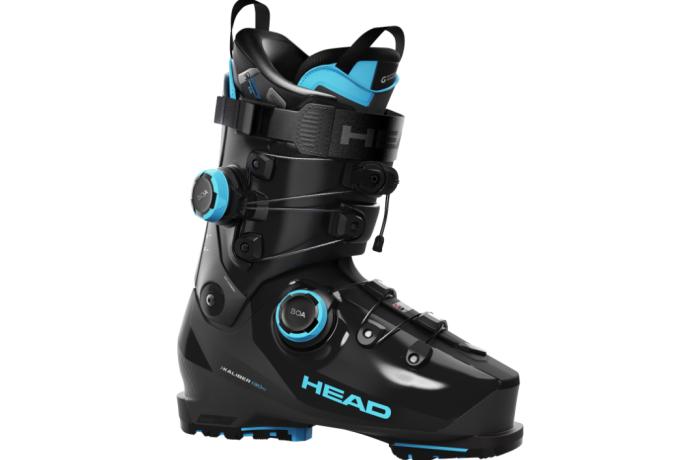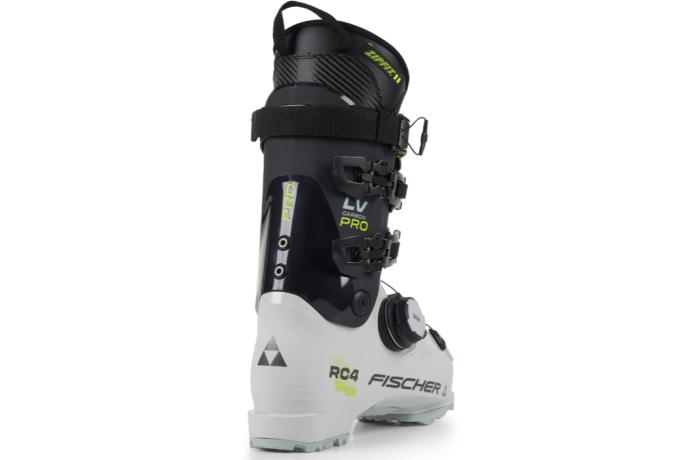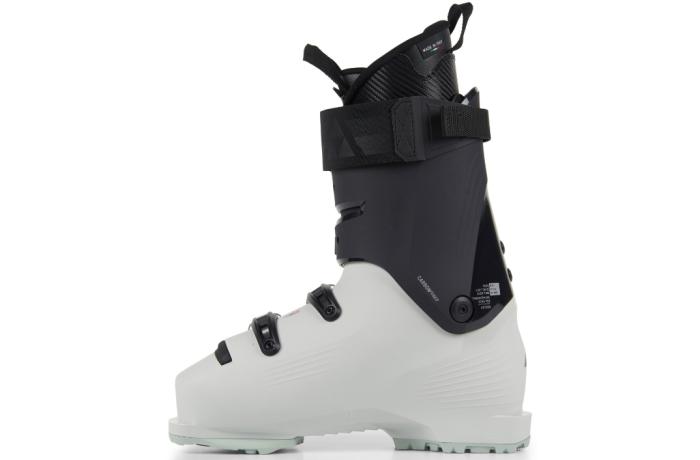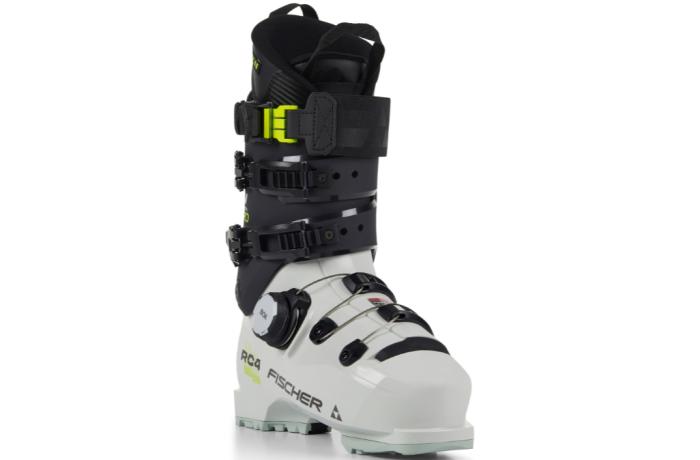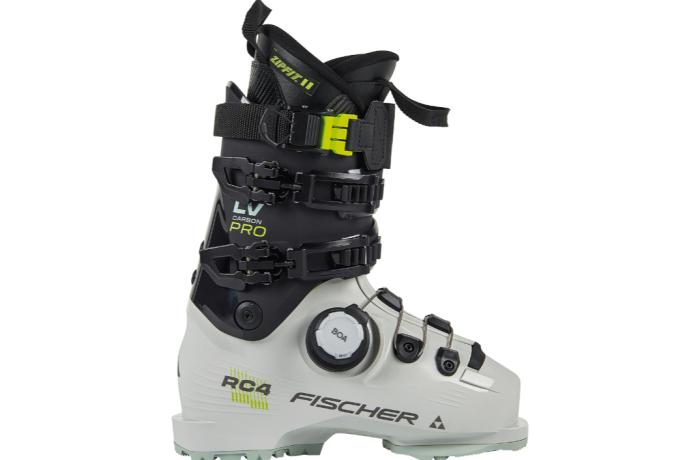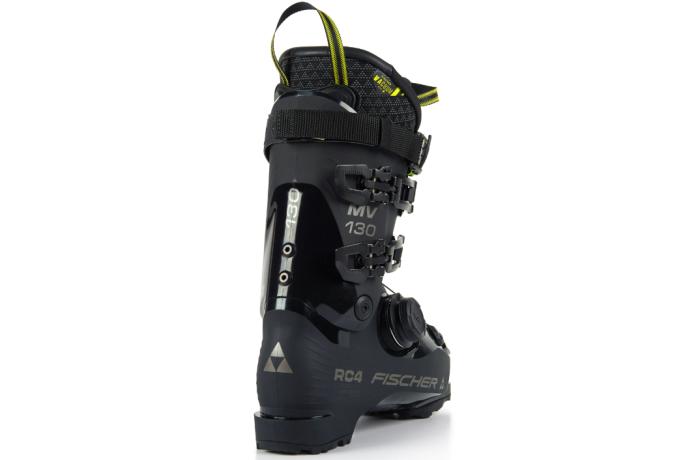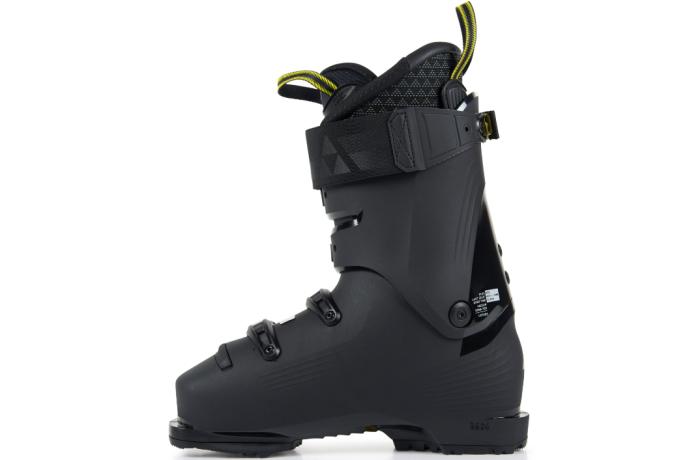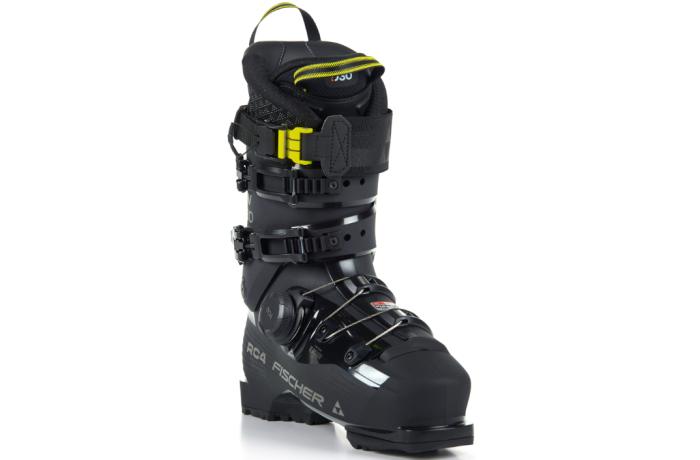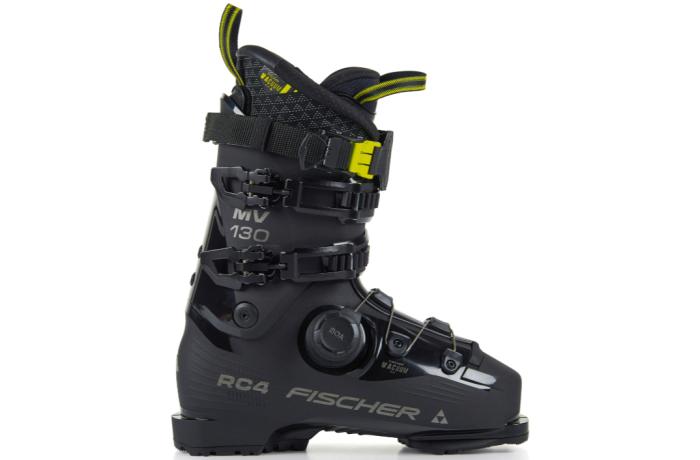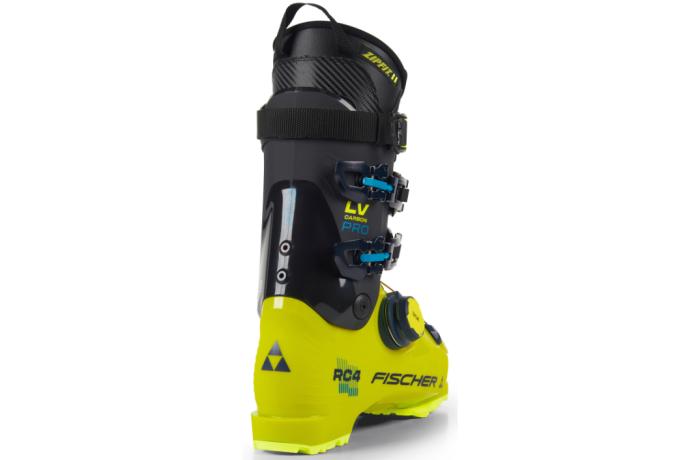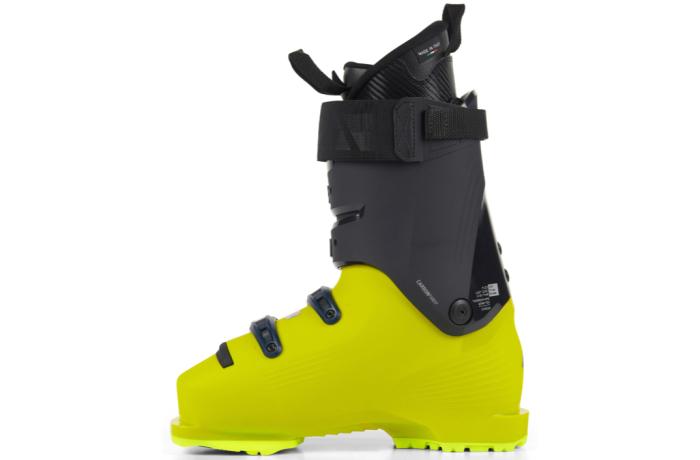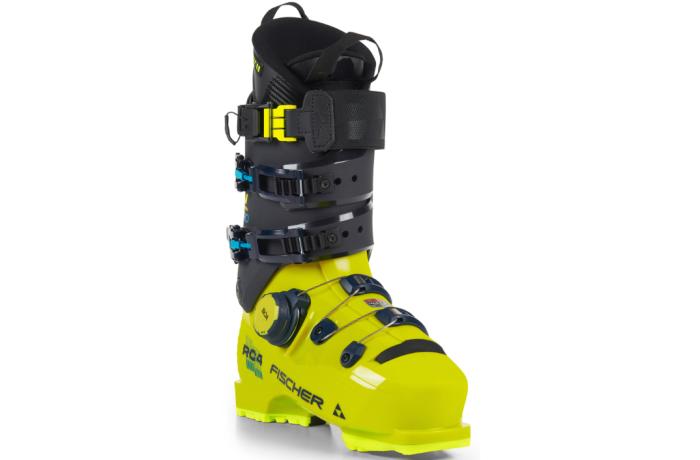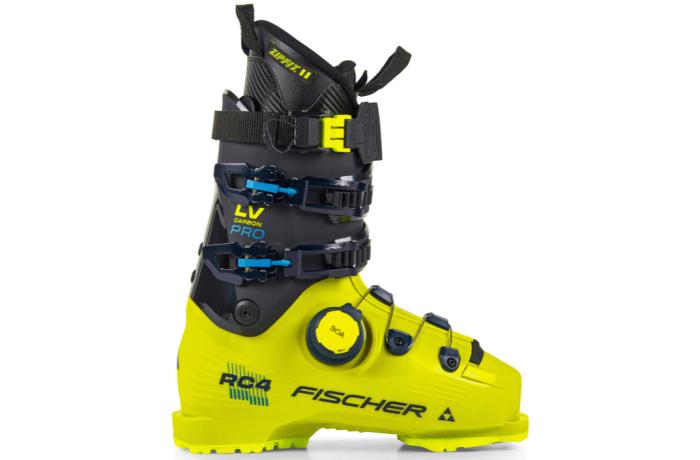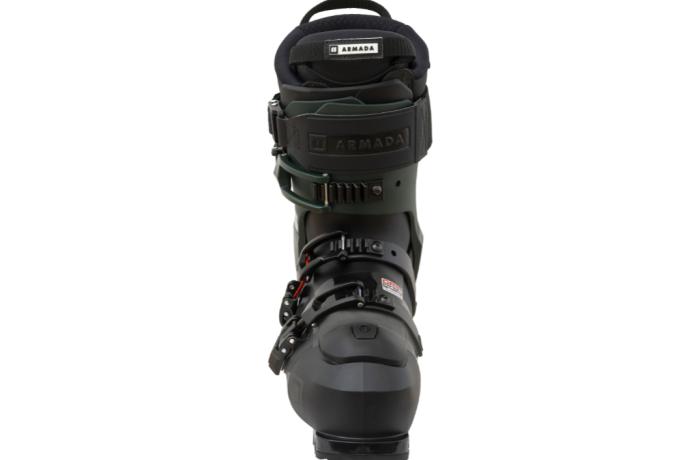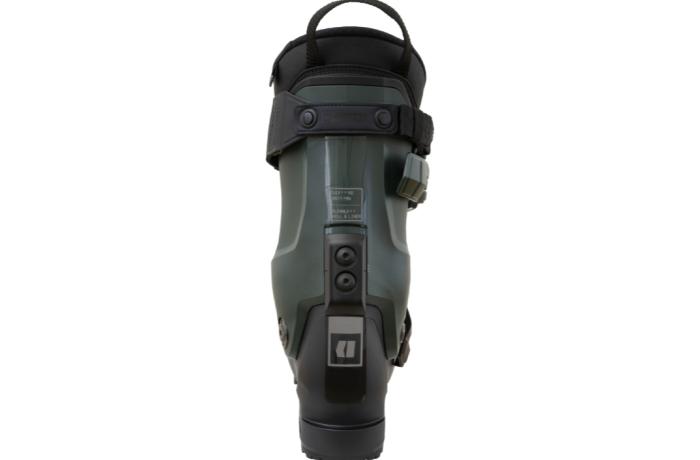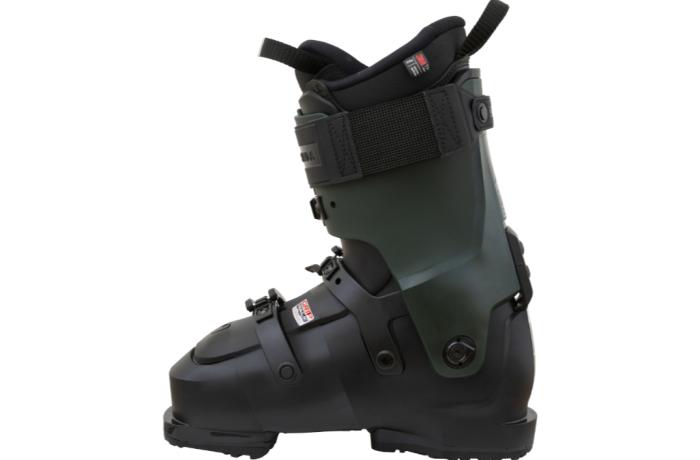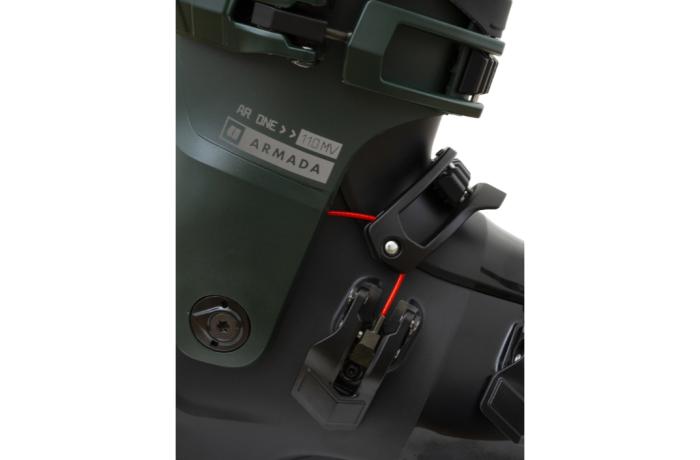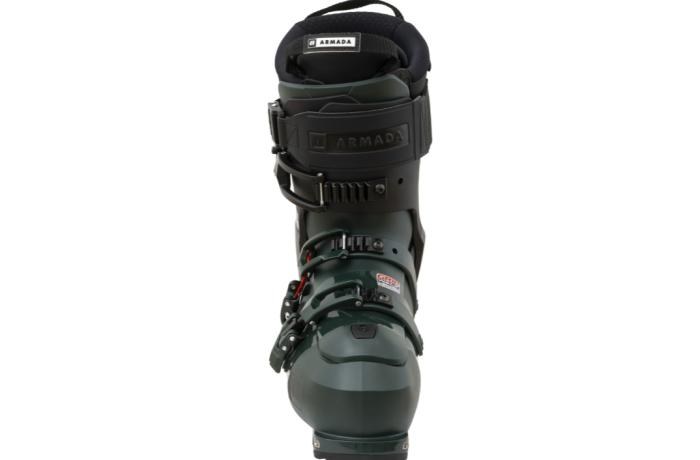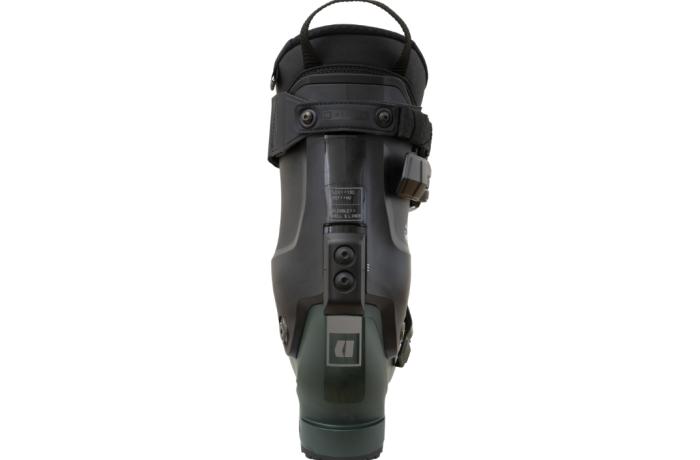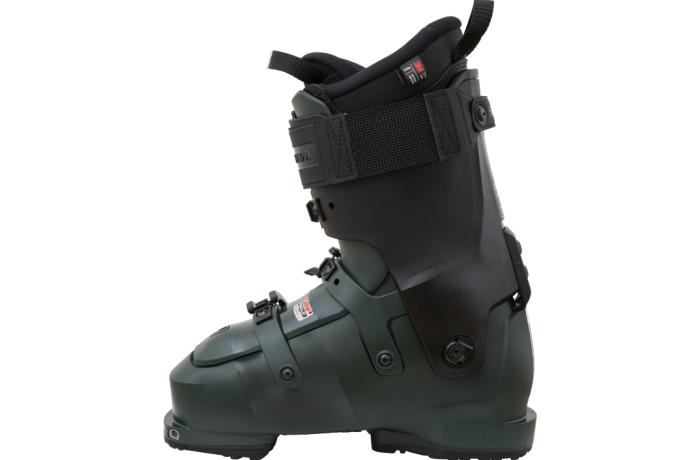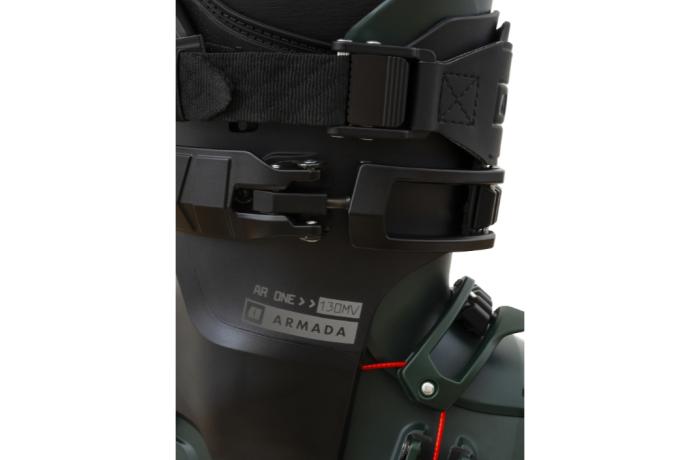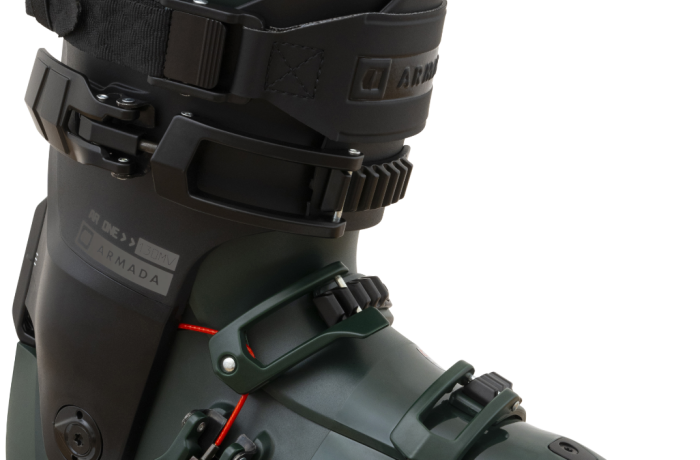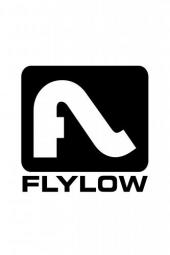Liner revisions aren't always the sexiest updates made to boots, but for testers who knew well the Shadow 130 LV in its previous form, this year's revised liner was the headline. The liner's exterior material was slightly stiffened and thickened and the padding through the instep at the throat of the boot was marginally beefed up. The result of these minute changes created big effect--more snug throughout, especially in the lower boot, with particularly better hold at the instep, which in turn drove the heel deeper into its pocket and opened up some needed toebox room, lengthwise.
Testers who were paying close attention to this change said it did the trick for better differentiating the fits of the Shadow LV and MV and moved the Shadow LV 130 farther toward the tight end of the spectrum among other narrow class boots in the All-Mountain Traditional cateogory where it was tested.
Testers who were new to the Shadow experience (or weren't aware of the specific liner changes) were impressed with the Shadow's characteristic ease-of-entry, straightforward and traditional overlap, four-buckle closure system, and the silky first (and last) feel of the Auxetic liner.
The unique shell-to-cuff connections make for a solid and transmissive chassis. The four points of contact at the cuff's hinge point (two are the axes of rotation, two are rubberized anchors) and the gliding, tongue-in-groove spine interface called the Suspension Blade all combine to create a strong drivetrain for skiing movements making it to the ski--testers remark that small flexing and tipping movements reap big results in a wide variety of terrain. These connection points between cuff and shell also allow for the use of thinner, more flexible plastic through the instep, which enables an easy slide into the boot and a smooth wrap around the foot as the buckles are closed down (no BOA required for that).
The Auxetic liner is marked (literally) by hexagonal, etched cuts in the exterior material which can expand slightly to allow for point-specific stretch points around bony or wide spots. The result is less peak tension points in those areas which makes for a shockingly even and comfortable feel without a packed-out or loose sensation. Some testers mistake the lack of hotspot pressure as general looseness until they ski the boot and feel held in place, just comfortably so.
The marketing pitch of the Shadow boots is that the gliding spine interface and dampened cuff connections produce a leveraged energy delivery that loads more pressure to the ski shovel in forward flexing moves and more edge power, laterally, with less pilot input and energy expenditure. Sounds like mumbo jumbo, we know, but testers every year who've tested the Shadow boots attest that it's for real. More power with less effort, without losing fine control of things. The balance of power and quickness is well blended and subtle edge-feathering comes easily, testers report.
The rubber bushings located at three points on each boot (lower pivot anchors and top of Suspension Blade) can be changed out to softer units which come in the box, but few testers report wanting to soften the flex. Those who have experimented with it say it's effective for lengthening the flex range but they caution to make the modification in a clean, clear area where you can easily find the little buggers when they invariably fall to the floor and bounce around under all manner of furniture.
Testers do say that the length fit still remains a touch shorter than other boots of the same size but not enough to spark size-up thoughts. They appreciate the straightforward powerstrap and GripWalk soles for enhancing the uncluttered and rewarding ski experience that is the Shadow 130 LV.
